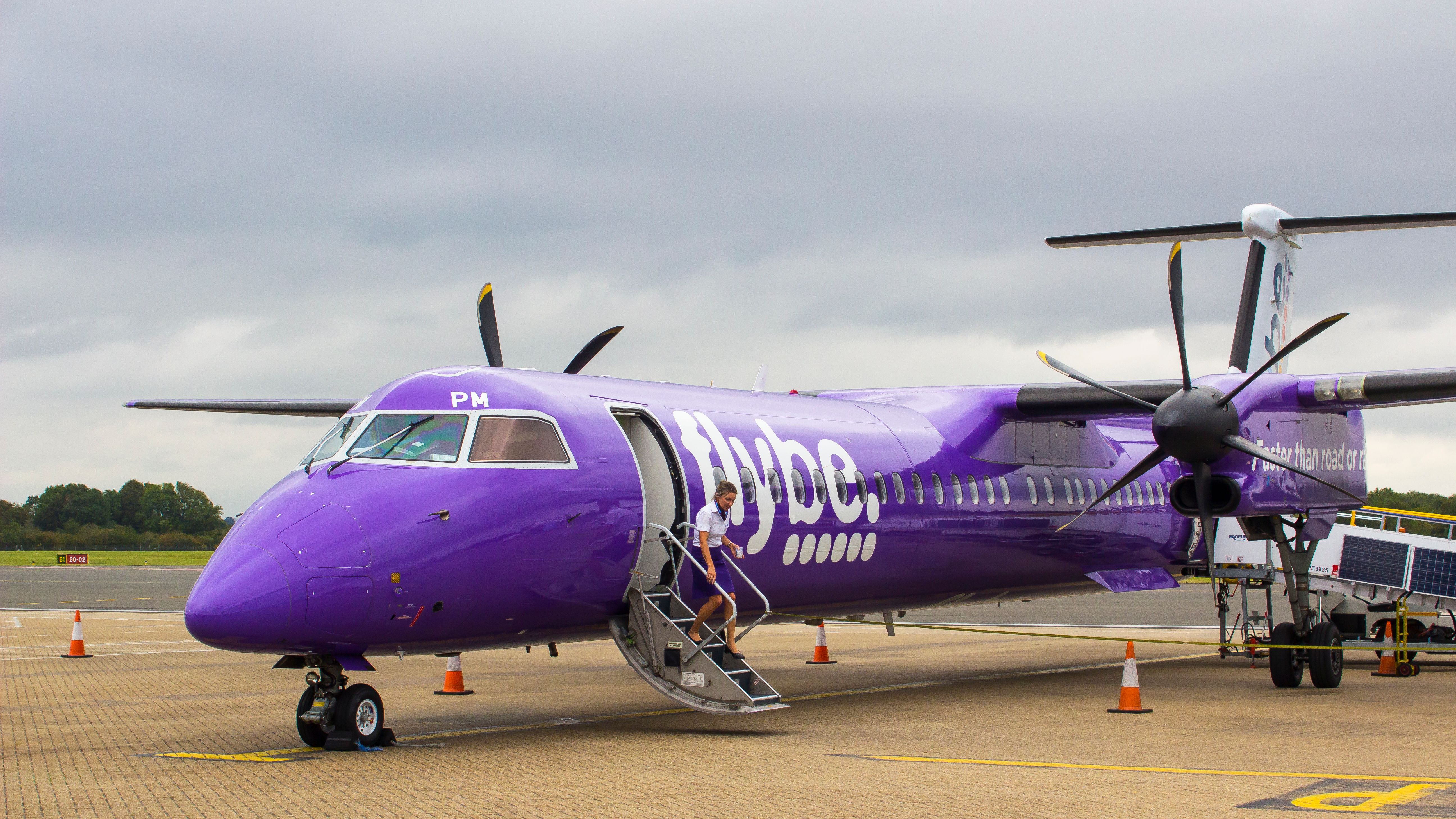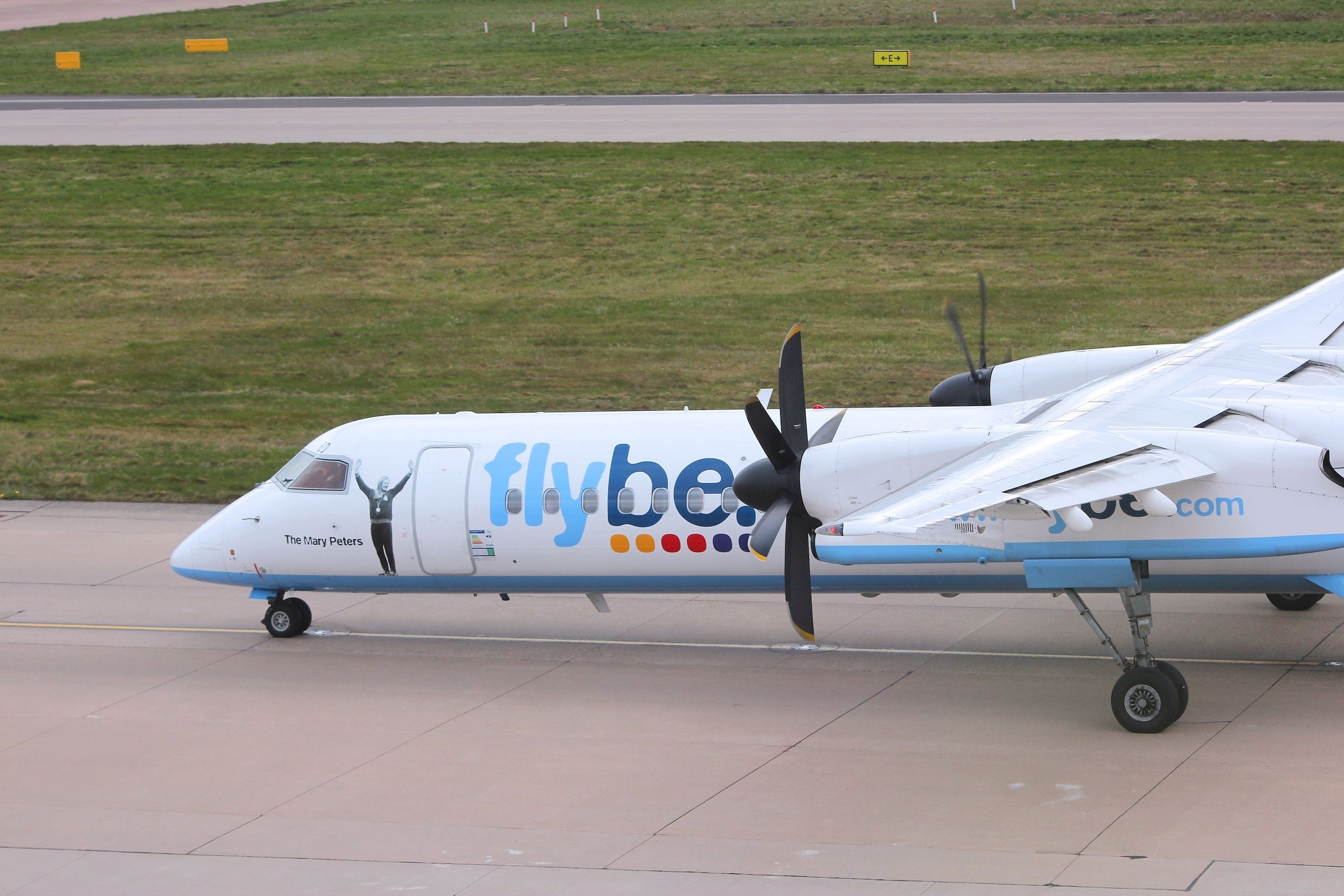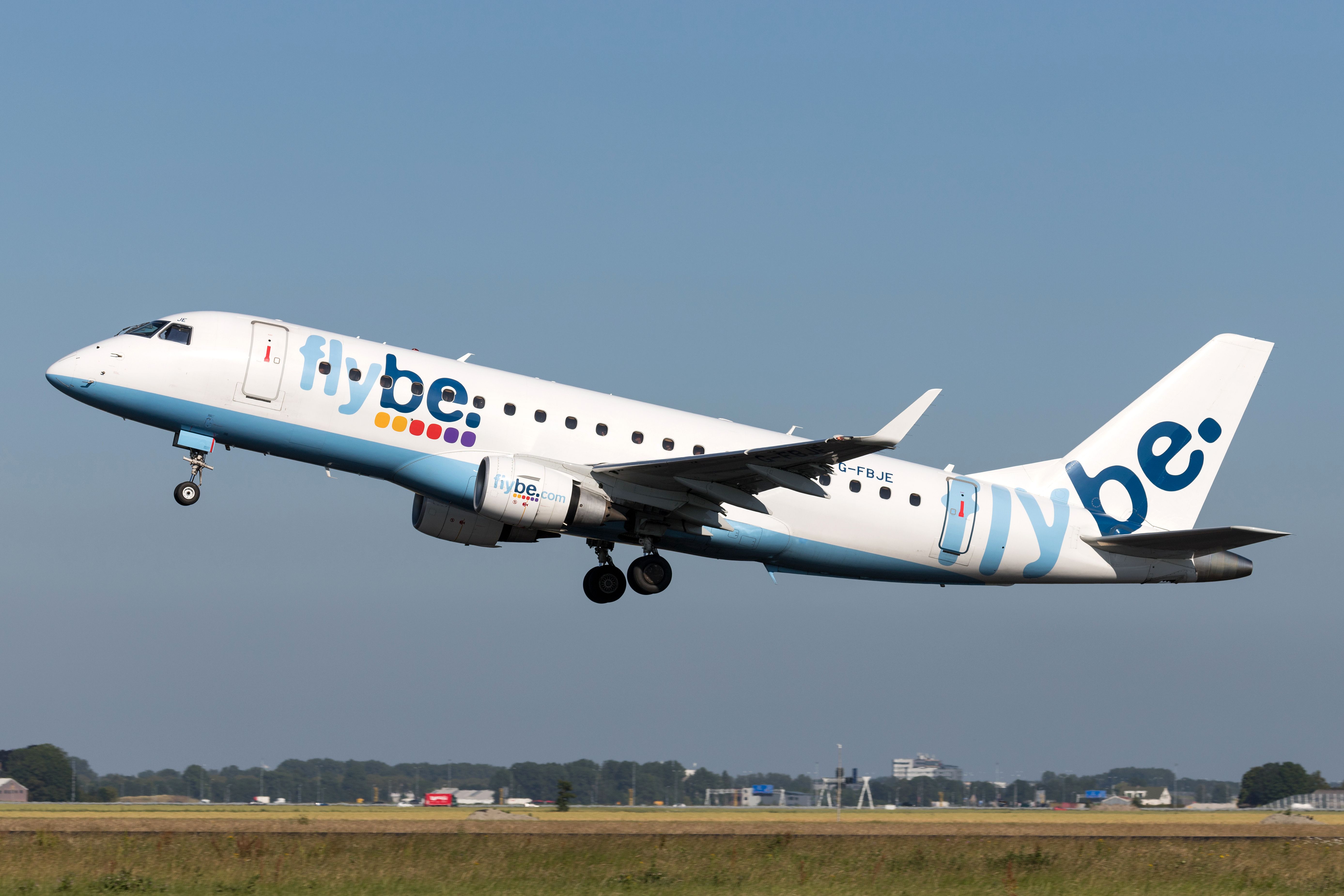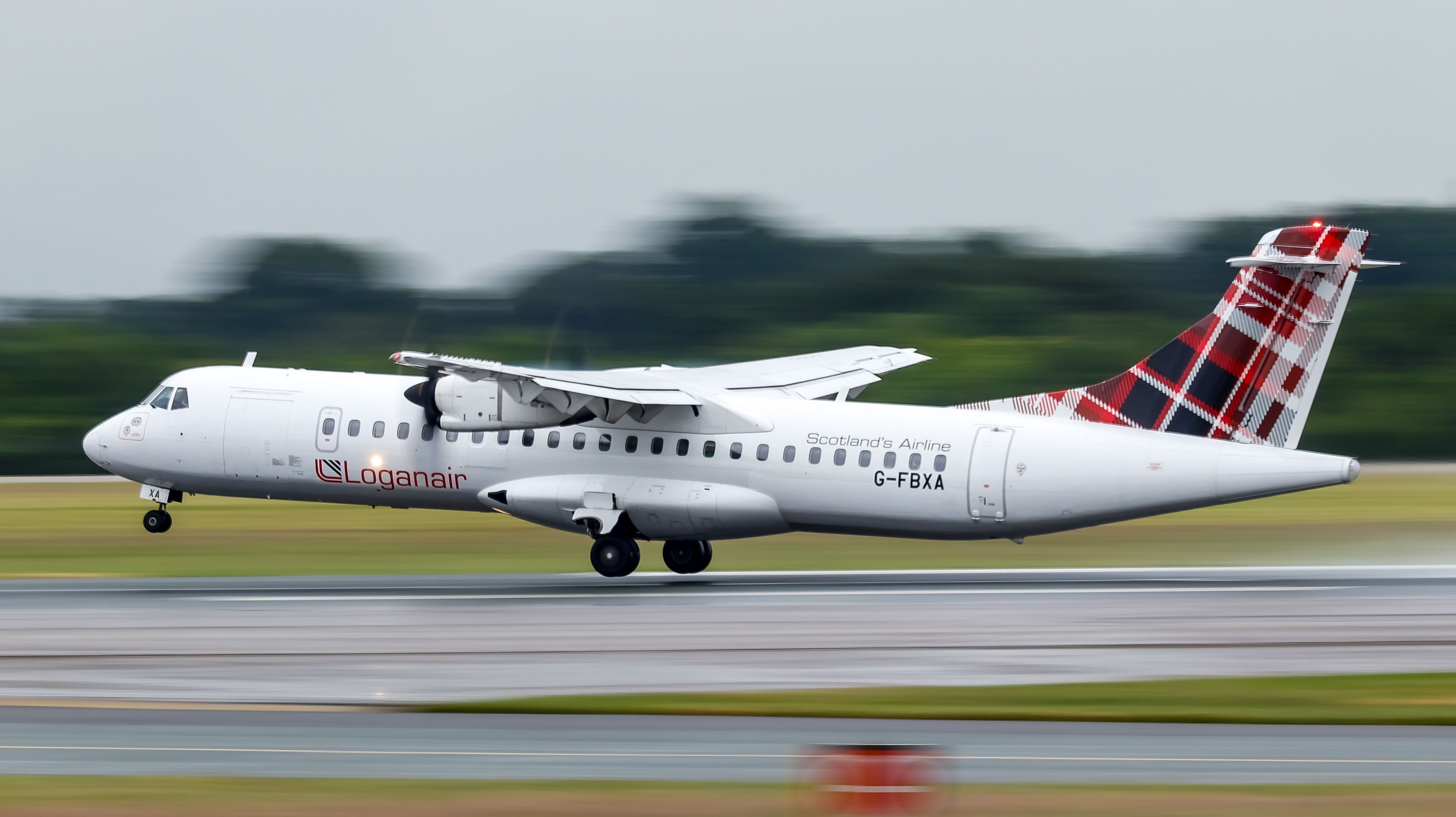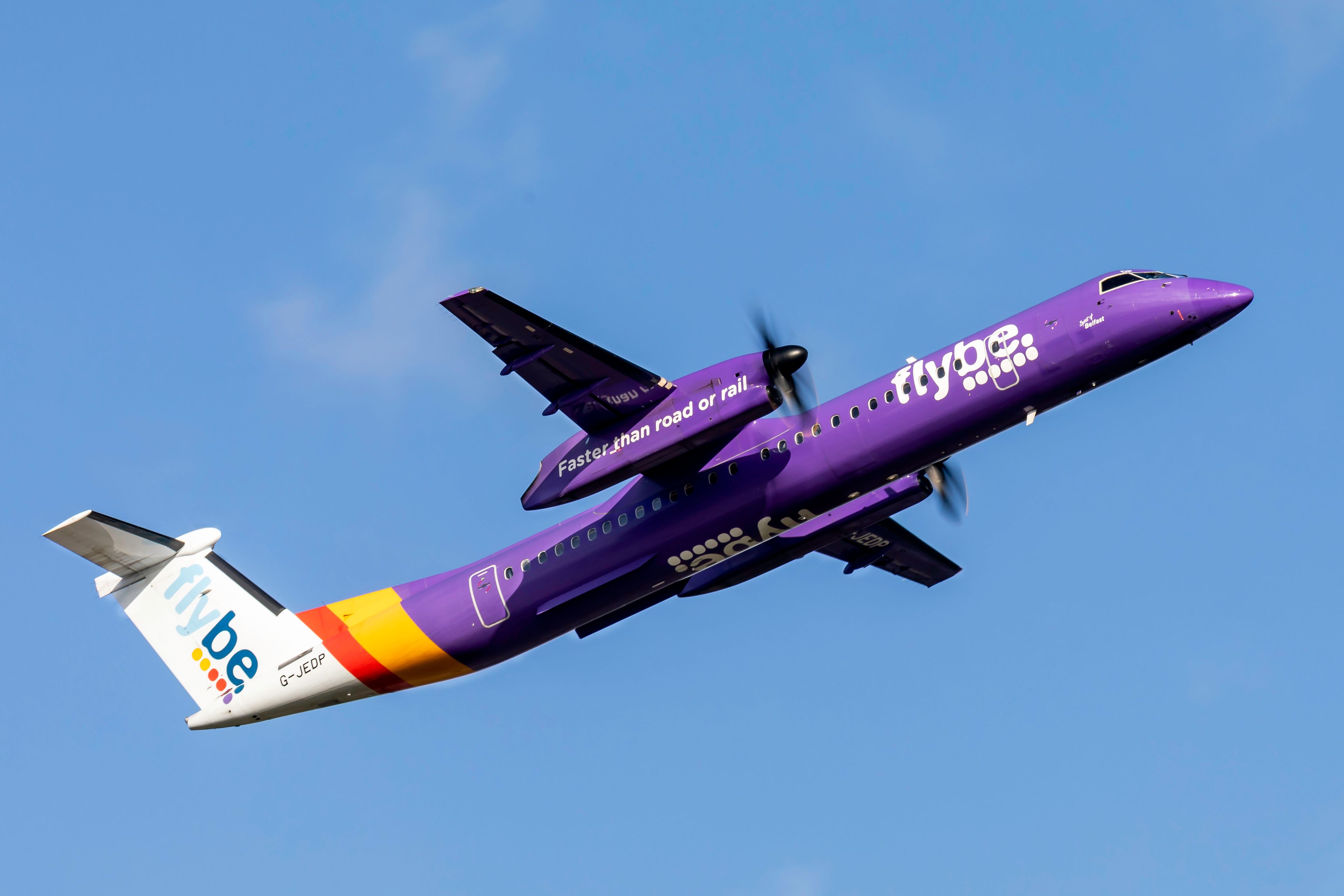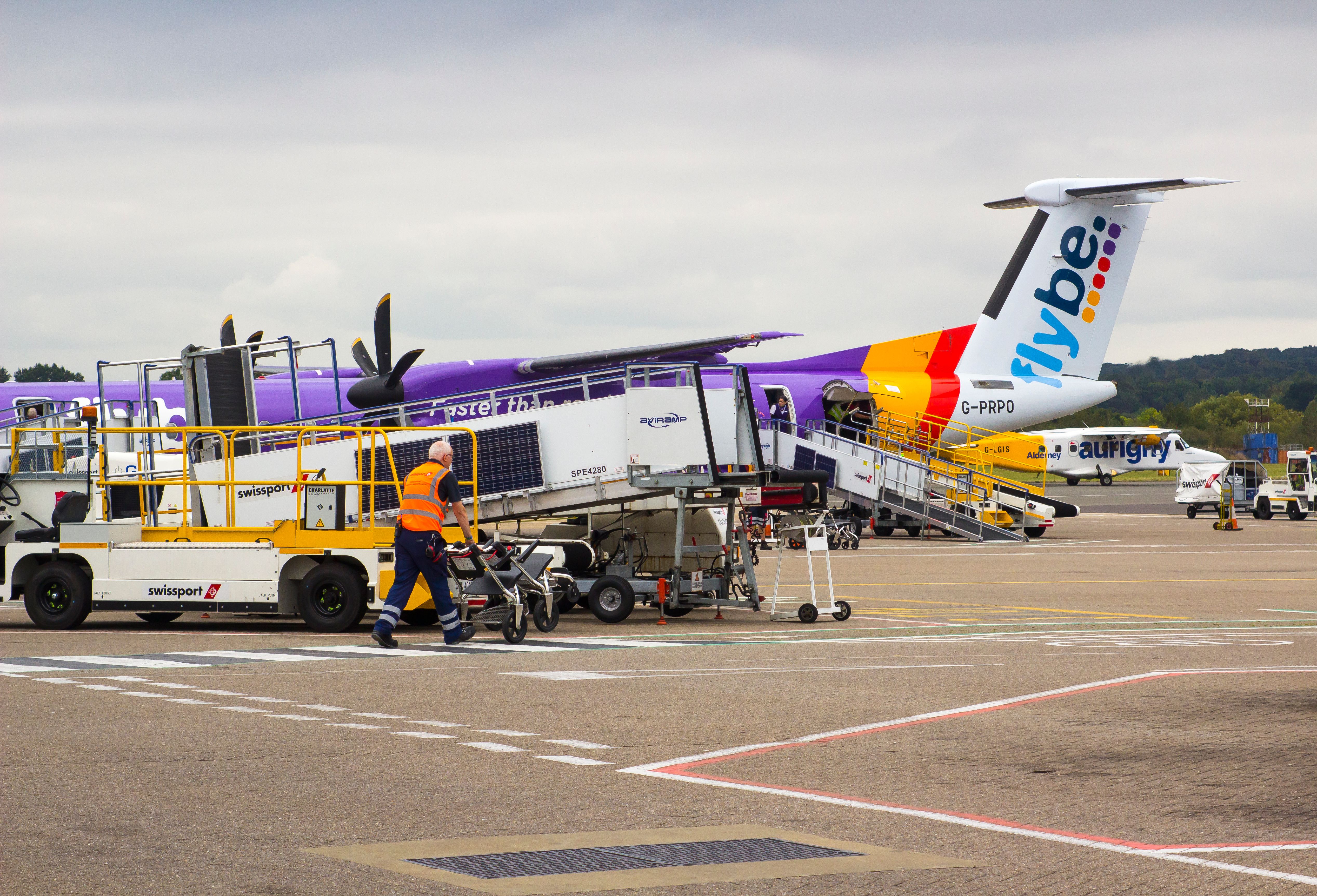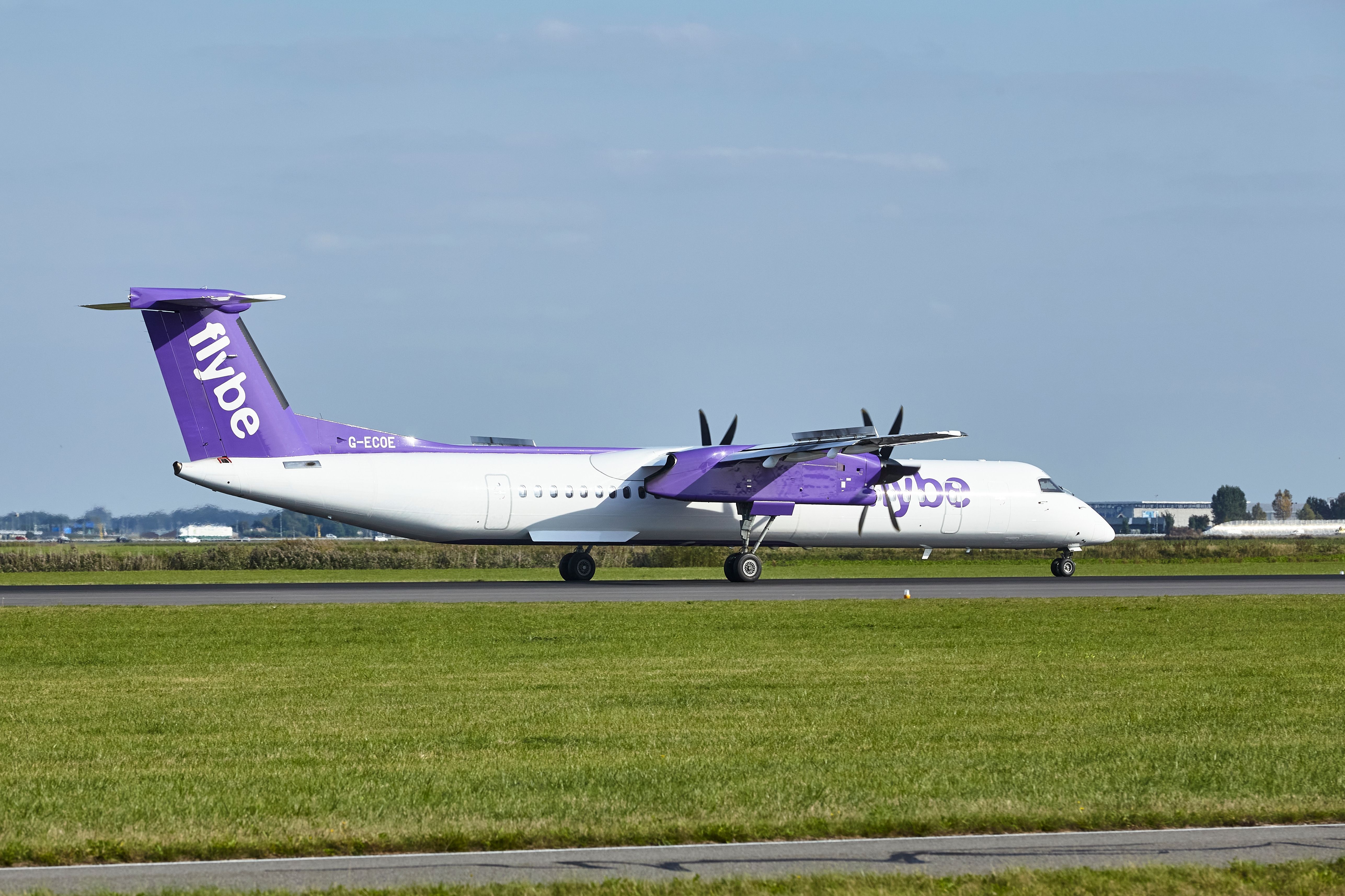It was Europe’s biggest regional airline and the biggest operator at many smaller UK airports. It had the largest fleet of Dash 8s in the world and operated on routes no other carrier would touch. For its nine million annual passengers, Flybe was a vital link and will be sorely missed.
However, following years of mounting problems and a failed state-backed bailout plan, Flybe folded in March 2020, putting an end to over four decades of operations. So what exactly went wrong?
Where did Flybe go wrong?
Flybe started life in 1979 as Jersey European Airways. Throughout the 80s and 90s, the airline grew and prospered off the back of low fuel prices and increased travel demand. It rebranded as Flybe in 2002, continuing a steady rate of growth, even through the global financial crisis of 2008.
The problems began in 2010 when Flybe was floated on the stock exchange for the first time. At the time of flotation, the share price was decent, earning the company £60m ($76m), half of which went into expanding its fleet. Ever since, they’ve been in freefall for a number of reasons.
Since 2010, apart from three years, Flybe made a loss every year. The biggest loss was in 2017 when the company reported earnings before interest, taxes, depreciation and amortization (EBITDA) of minus £48.5m (-$62.71m). But why? What went so wrong for the regional airline?
The Embraer order
In the summer of 2010, Flybe ordered $1.3bn worth of Embraer aircraft, amounting to 35 ERJ 175s. The order came with options for a further 105 of the type, signaling massive growth plans and a move from turboprops to jets.
However, the move proved a bad one by Flybe. The Embraers turned out to not be as efficient on regional routes as the Q400s, and were an expensive commitment for the airline. By 2014, only 11 had been delivered, when Flybe announced it would cancel most of the remaining order, removing 20 of the type from Embraer’s books.
Instead, Flybe took 24 second-hand Q400s from US operator Republic Airways, which were not only cheaper to buy and operate, but also slotted neatly into the existing fleet. It had also leased some E195s, but by 2018 announced it would be returning all of these, as the Q400 was a better fit for its needs. Overall, the foray into Brazilian jets was a very costly mistake for the company.
The price war with Loganair
After 24 years of operating under franchise agreements, Loganair broke free of its shackles in autumn 2017 and began operating as a carrier in its own right. But the airline was concerned, and rightly so, that Flybe wouldn’t let it just walk away.
Flybe went up against Loganair on a number of its key Scottish routes. It teamed up with Eastern Airways, offering flights between Shetland, Aberdeen, Edinburgh and Glasgow, all crucial routes for Loganair. Loganair chief Jonathan Hinkles warned that this strong competition could end up costing both firms millions, commenting to the Shetland Times that Flybe had “walked into a room with a hand grenade”.
He wasn’t wrong. In 2018, Loganair posted a loss of £8.93m ($11.3m), £6.8m ($8.6m) of which was thought to be down to the price war with Flybe. Flybe’s losses were greater, coming in at £9.4m ($11.9m) in the same year, even though it dropped a lot of its Scottish routes in the end once it realized it couldn’t compete. Although the two airlines kissed and made up in late 2019 with a new codeshare partnership, the damage had been done.
Industry pressures
Flybe was in a poor position when the referendum sealed the fate of the UK in 2016. It paid its bills in dollars, but made its money in sterling. As such, the devaluation of the pound after the Brexit vote meant the airline was hit hard.
Discover more aviation news with Simple Flying.
At around the same time, the cost of jet fuel was rapidly creeping up. Flybe survived, but only just, and inevitably added massively to its debt burden as a result. Air Passenger Duty (APD) has long been a bugbear for the airline, as it has to pay it on both ends of many of the routes.
This base cost of £26 made its flights uncompetitive, and a proposed tax reduction never came around to save Flybe - the airline is said to have paid around £100m ($126.7m) a year in APD alone.
Added to all this, Flybe found itself monopolizing only the thinnest routes around. Any routes that were profitable soon attracted the attention of bigger airlines, who moved in with larger aircraft and mopped up the passengers. easyJet, for example, ended up taking over just about all the connections from Bristol to Scotland since Flybe built up the market there.
Pandemic outbreak
The COVID-19 pandemic was just beginning to rock the aviation industry when Flybe collapsed. Bookings dropped dramatically (up to 50%, according to some reports) and a proposed £100m ($126.7m) bailout from the UK government suddenly became unfeasible. Flybe became the third major UK airline to fold in recent history, joining Monarch Airlines and Thomas Cook in exiting the aviation scene.
While coronavirus certainly played its part in the collapse of this much-loved airline, it really was the proverbial straw that broke the camel’s back. Flybe’s problems were much more deeply rooted and historical than the virus outbreak, although undoubtedly the downturn in bookings certainly didn’t help.
Resurrection and second collapse
By the end of 2020, Thyme Opco agreed to purchase Flybe and relaunched the airline in April 2022 - it would operate with a fleet of 10 Dash 8s and had ambitious plans to reclaim its place as the UK's top domestic airline, but would ultimately fold once again in January 2023.
Following its second collapse, the airline blamed the late delivery of aircraft due to supply chain pressures caused by the COVID pandemic. Despite its growth plans, the airline simply didn't have the aircraft to fulfill its schedule and was forced to reduce frequencies over the lucrative summer season in 2022.
Just weeks later, Flybe 2.0's administrators applied for another operating license in the hopes of securing another sale, but rescue talks were soon abandoned. Flybe's intellectual property (IP) would then be listed for sale in April, a sign that a third reiteration of the carrier is unlikely to happen.
Were you a regular passenger with Flybe? What do you think was the most important factor in the regional carrier's demise? Let us know in the comments.
Source: Shetland Times

